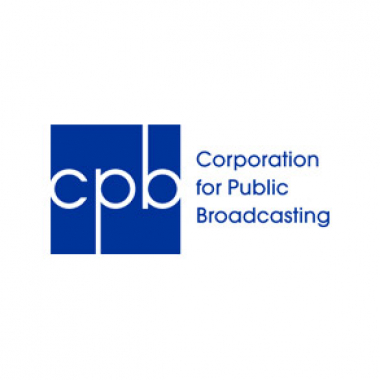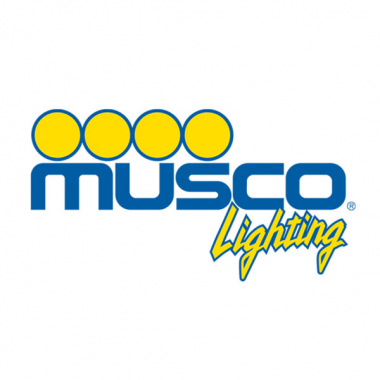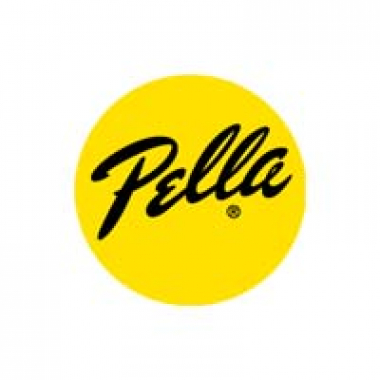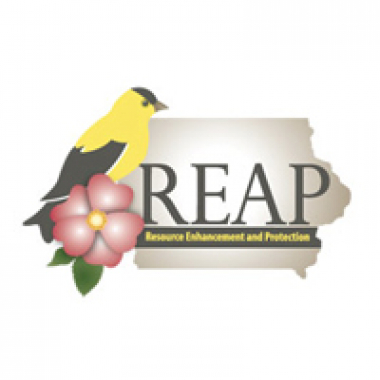Reflections in Water
This video shows a variety of reflections along the relatively still waters of Chichaqua.
Maxwell
Iowa Core Standard
6-PS4-2
Develop and use a model to describe that waves are reflected, absorbed, or transmitted through various materials.
Driving Question
- How can water reflect light?
Probing Questions
- Why are some reflections clearer and others blurrier?
- Why are water reflections upside-down?
Classroom Suggestions
Students could:
- Identify situations and patterns in which water does or does not reflect light.
- Compare and contrast how light interacts with different materials (metals, wood, plastic, glass, liquids).
- Use observations of light's interactions to model how light is transmitted, reflected, and absorbed.
- Model how matter waves similarly are transmitted, reflected, and absorbed by different materials.
- Use models of wave transmission/reflection/absorption to explain how different materials like lenses, light filters, and sound barriers work.
Resources
- PhET | Bending Light: Simulation of reflection and refraction involving various materials.
- PhET | Color Vision: Simulation of how light is absorbed and transmitted by different filters.
- Physics Classroom | Reflection and Mirrors Simulations: Various simulations of how light interacts with mirrors; intended for high school but could be used in a middle school classroom.
- NextGenStorylines | How Can We Sense So Many Different Sounds from a Distance?: High-quality middle school unit addressing several waves-related standards.
- PBS LearningMedia | Light and the Law of Reflection: Student-appropriate video explaining reflection.
Contributors
Submitted by Dan Voss and Madison Beeler as part of their Iowa STEM Teacher Externship experience at Iowa PBS.
Media produced by Iowa PBS.
Funding for Iowa Science Phenomena Provided By








